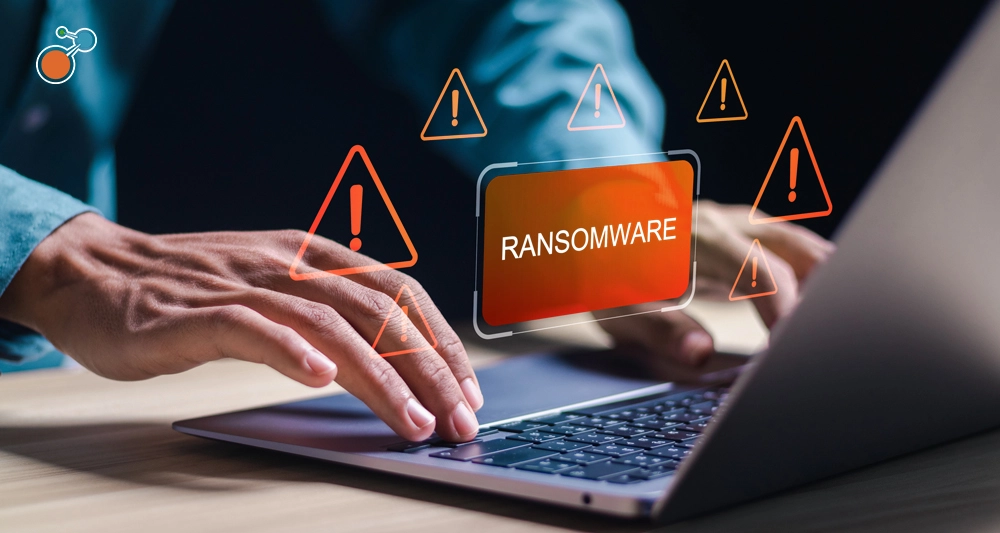It’s no secret that any RMIS worth its salt will include plenty of useful applications to make life easier. Taking a step back and crafting a well-thought-out strategy, however, will transform your RMIS from simply a collection of features to an invaluable partner in managing risk effectively. A winning RMIS strategy will help you take advantage of available resources, respond effectively to challenges, use your time and energy wisely, and focus your efforts on getting the right things done.
Think of RMIS strategy as the roadmap to achieving your goals. Start your journey by articulating what you want to accomplish with your RMIS – then you can figure out the best way to get there.
Step 1 – Look at your organization
- What is the long-term business strategy? What are your strengths and weaknesses? What are your resources and assets? How is your business growing – or isn’t it? Is cost control important – or is your business investing?
- What is the environment in which you are operating – internally and externally? Is there significant change? Not enough change? Are internal or external forces causing the change?
- What is your perspective on risk? What is your organization’s technology strategy overall? Is your organization capable of successfully implementing a new technology solution?
Step 2 – Consider your risk management goals and strategy
Evaluate your goals in terms of safety and enterprise risk mitigation, claims management (including legal-matter management), and insurance. How much do those influence your organization’s overall goals? How well are each understood? What are your strengths and weaknesses in these areas? Can you articulate your overall risk management strategy?
If you aren’t sure what your risk management strategy is – or feel overwhelmed about where to begin – you may want to consider bringing in outside help to assess your situation and recommend a strategy.
Step 3 – Develop RMIS options
Integrating RMIS technology into your risk management strategy will help you improve workflows and achieve your goals. Consider your partners and how they can help.
- Internal departments. Which departments support your risk management goals and strategy? What tools and processes do they currently have that could help (or hurt) you? Are there other potential internal partners that you should be working with?
- IT operations. Have you vetted a risk management technology solution with IT? How can they help accomplish your risk management strategy? Do they have access to the RMIS options you are considering?
- Third parties. What third parties are included in your risk management strategy? Are there gaps that could be bridged by a new vendor partner?
- Industry peers. Talk to industry peers about their RMIS strategy to understand what options might work for you. Will your RMIS strategy create a competitive advantage for your organization overall?
Set realistic goals for your RMIS, and document your strategy-creation efforts as you work toward achieving your objectives. Gather the information you need to determine if your options are feasible, prioritize your needs, and gauge whether your timing is realistic. Depending on your risk management goals and strategy, you may want to target your efforts directly on safety, claims, or insurance.
Step 4 – Execute and Repeat
Business and technology are both constantly changing. Even if you already have a RMIS in place, revisit your solution at least annually to ensure you and your RMIS are working together effectively and achieving the outcomes you require. A solid RMIS strategy can ensure you stay on top of your risk management goals and continue to deliver value for your organization.





